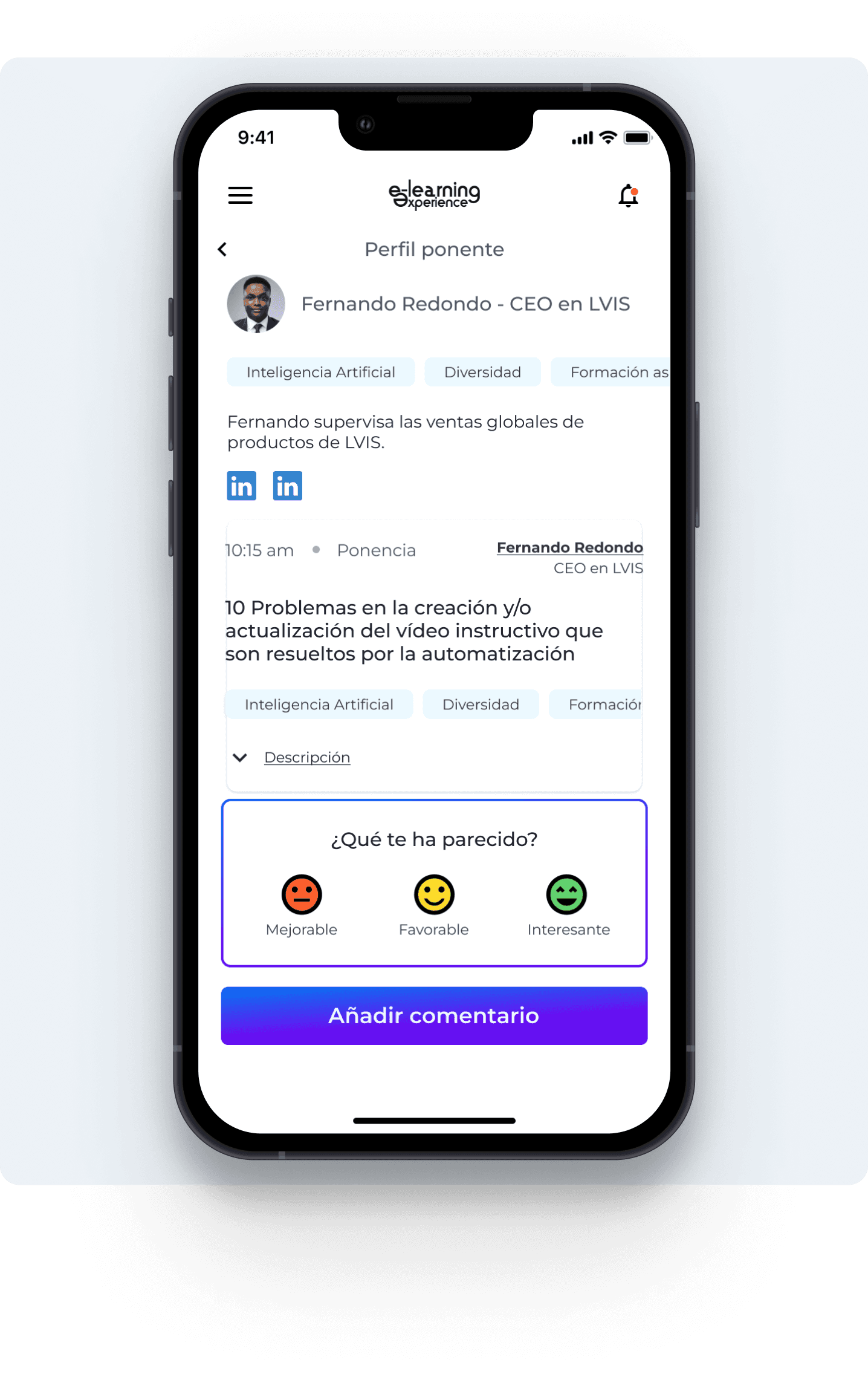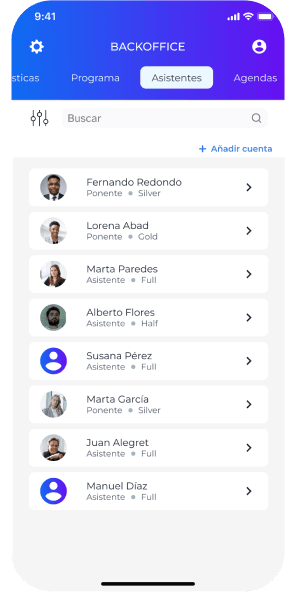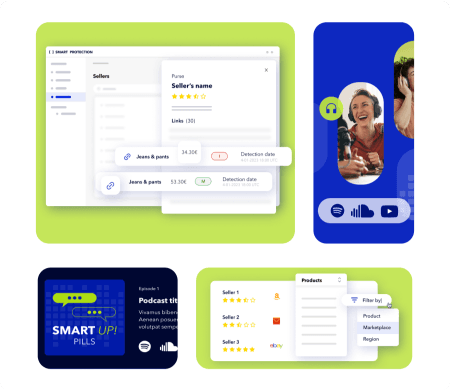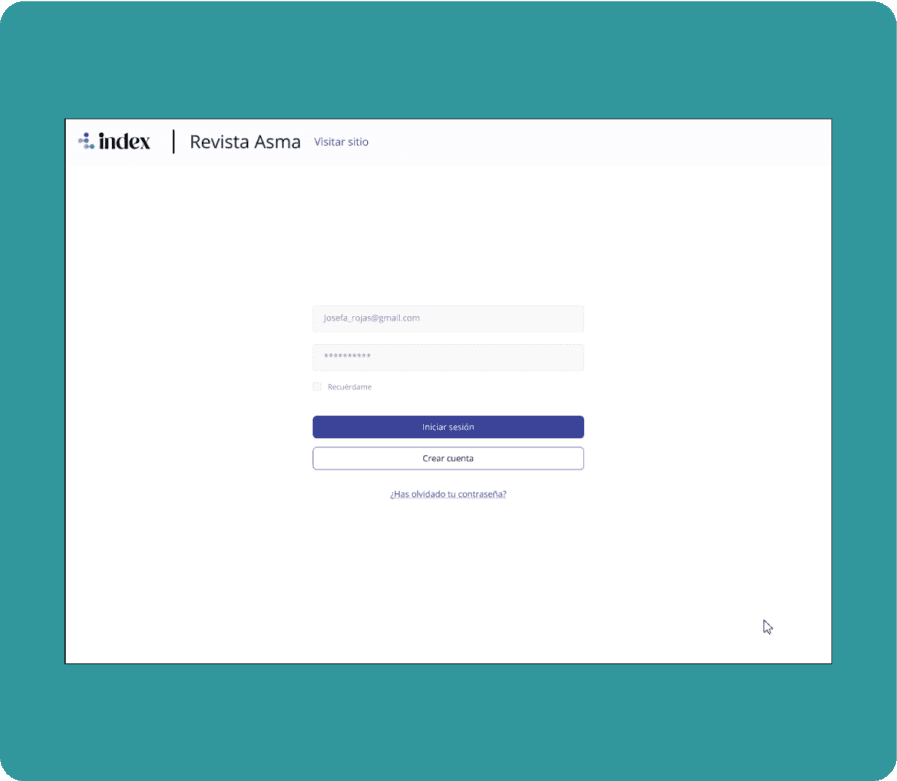Good networking increase conversion rates
How to ran a design sprint to redesign the E-learning Experience and achieve higher retention rates.

Context
What is e-learning Experience?
We live in a world where constant updating in the professional field is essential, and events that allow professionals to connect and present technological advances are increasingly relevant.
This is the case of Samoo's e-Learning Experience, a two-day event designed to promote networking and close contracts between attendees and companies in the educational sector.
Client
Samoo
Project type
Web app
my role
Product designer
Product
B2B SaaS
netnography
Why is E-learning Experience important?
+5.000
millions of euros invoiced in e-learning in Spain in 2021
+6%
annual growth foreseed in Spain’s e-Learning market until 2026
3rd
largest market worldwide in 2019
the brief
Design and development of a mobile first solution for the management, promotion and communication of events, focused on E-learning Experience 2025.
Success metrics
How does success looks like for Samoo?

Closing contracts between attendees and companies

Percentage of attendees who return for future editions.

How satisfactory is the experience lived during the event
The solution
We focused on improving chances of making connections
It involves collecting interests in a personalized and interactive agenda and providing clear, instant updates on the event's progress through the collection of qualitative and quantitative data.

What needs do we identified in the users?
During the interviews, we discovered that a key action point involved promoting networking.
Networking
“I didn't know the list of attendees in advance, something I was really missing. I imagine people who come from far away and don't have the option of networking beforehand. I was lucky and, by chance, we started talking to some teachers.”
Lost feedback
“We received two emails after the event: one with a certificate and another with a Typeform for feedback, but I don't think we completed it.”
Personal agenda
“We were clear about some topics that we couldn't miss. We saw that other people were looking at the welcome pack brochure and writing down what they found most interesting.”
“I got lucky while networking and by chance we started talking to some teachers.”
user centered
Their preferences will make it personal
The program displayed will depend on the type of ticket purchased.
- Personalized agenda that records each person's preferences and organizes One to One meetings.
- Search by filters
- Filter events by topic.


solution: instant feedback
An easy and accesible way to drop some feedback
We have improved the feedback collection system by making it instant and accessible from different points.
data informed
How can the algorithm help?
Personalized suggestions: an algorithm processes LinkedIn profiles and selected tags.
- Filters: attendees can filter by their most interesting tags.
- Networking: list of all registered attendees available before the event.
- Connection via QR code.

Challenges
Addressing the significant issues: where should we focus our attention
Slow agenda
The agenda and attendance management is currently done manually and is not easily scalable.
Manual matching
The matching of attendees and speakers is currently done manually, making management of cancellations, rescheduling, and time clashes challenging.
Make it sexy
Closing a schedule with speakers and attendees as soon as possible, in order to attract more audiences to the event.
mobile dashboard
How can a client feel that everything is under control? Back office
Data visualization involves collecting and displaying data from previous editions to enhance planning for future editions.



key learning
What have I learned?
Prioritize key needs
When faced with multiple customer demands, I realized the importance of identifying and focusing on the most critical aspects in order to provide effective, high-impact solutions.
Iteration and flexibility
The design process is never straightforward. We had to iterate multiple times, especially in the registration flow, which taught me to be flexible and willing to adapt solutions based on feedback and emerging needs.
Close collaboration
Working closely with data and development teams was essential to ensure that solutions were not only creative, but also feasible and aligned with business objectives.
You might be interested
Take a look to other case studies, you might find what you are looking for.

